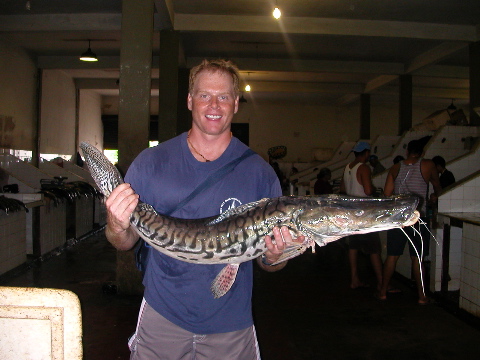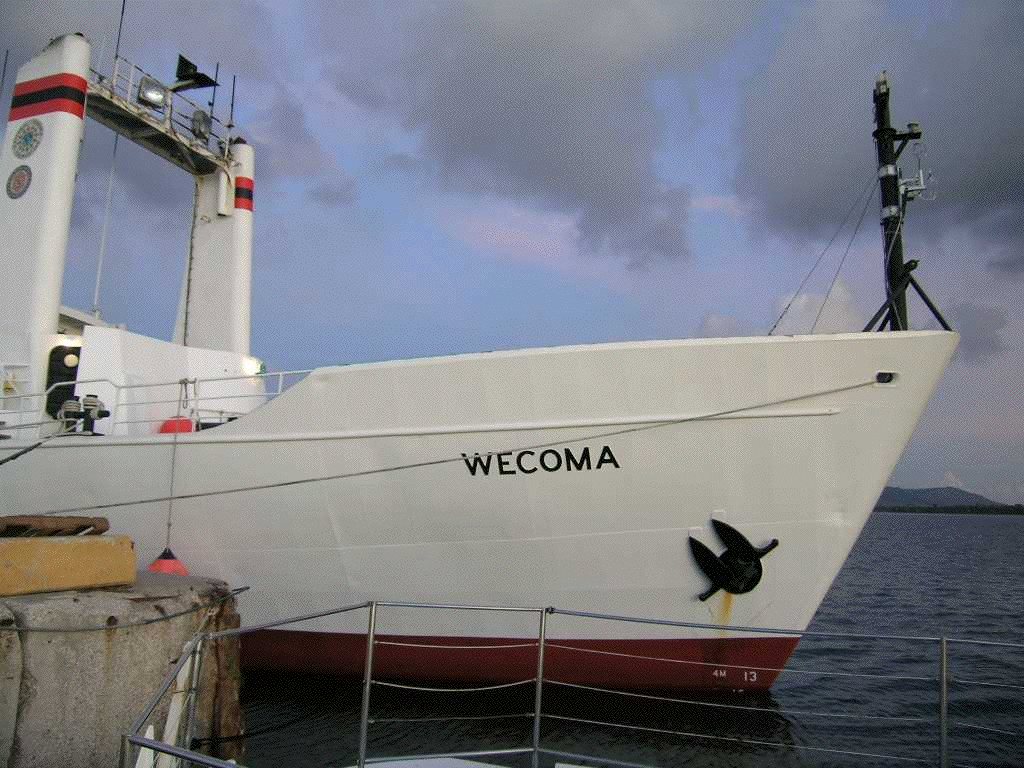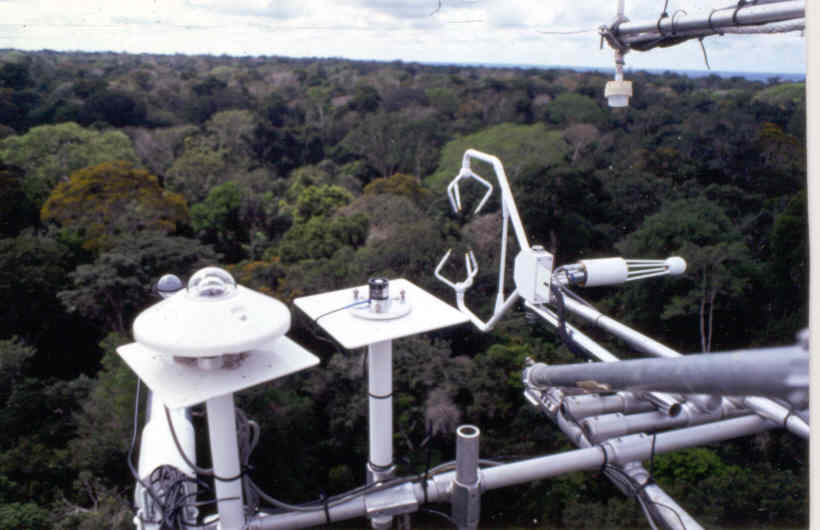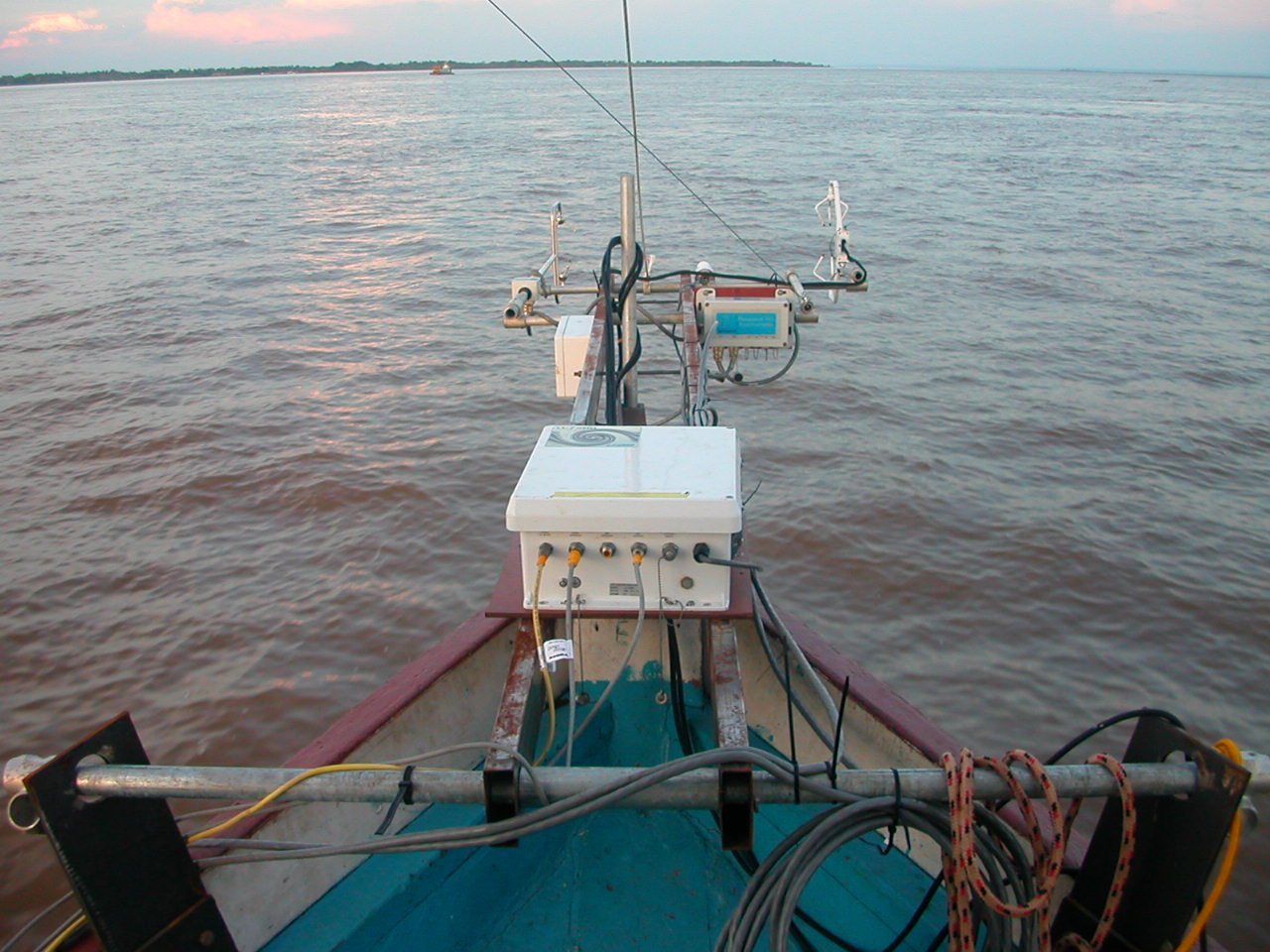TURBULENCE
STRUCTURE IN THE SURFACE LAYER OVER DEEP OCEAN WAVES (1994-2000)
Collaborators: Carl
Friehe
, Mechanical Engineering,
UC Irvine
Tihomir Hristov, Johns Hopkins University
Jim Edson, Woods Hole Oceanographic Institution
The unique research platform R/P FLIP was
used for 30 days in April-May 1995 off of Monterey, California, to study the
interactions of the wind and upper ocean in the Marine Boundary Layer (MBL)
experiment, Phase II. The physics of the energy exchanges between the
air
and ocean are not well understood and require specific experiments to
obtain
parameterizations of the complex processes for use in computer models
of
weather forecasting, climate studies, ocean wave prediction and
upper-ocean
thermal structure. We measured profiles of wind and wind
turbulence
in the first 20 meters of the atmosphere over the ocean, including 5
levels
of ultrasonic anemometers. Such vertical resolution of turbulence
is rarely measured over land, let alone over the deep ocean, due to
logistical
difficulties. Our approach, combined with the wide range of wind
and waves we measured during MBL, provided a truly unique data
set.
I was involved in all phases of the project, including planning,
building
equipment, data processing and presentation, and paper writing.
For more information, go to http://wave.eng.uci.edu.
|
| 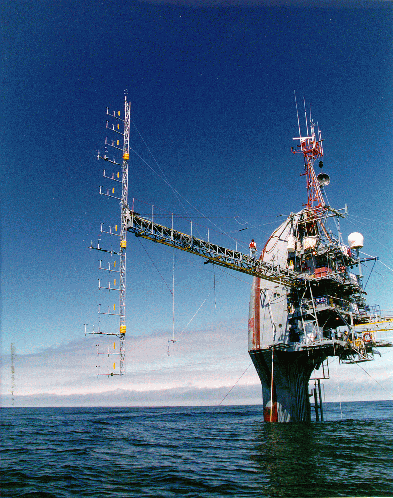
|
The unique research platform R/P FLIP. (photo Carl Friehe)
|
|
